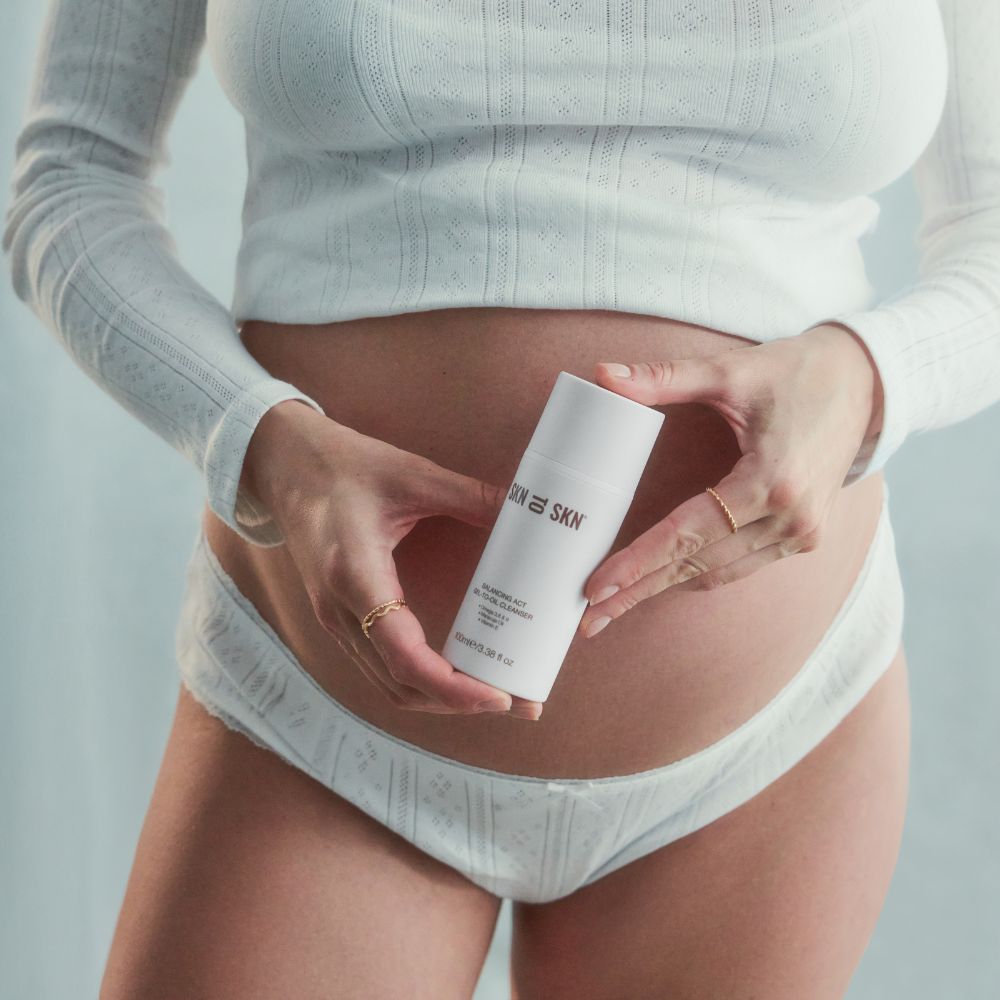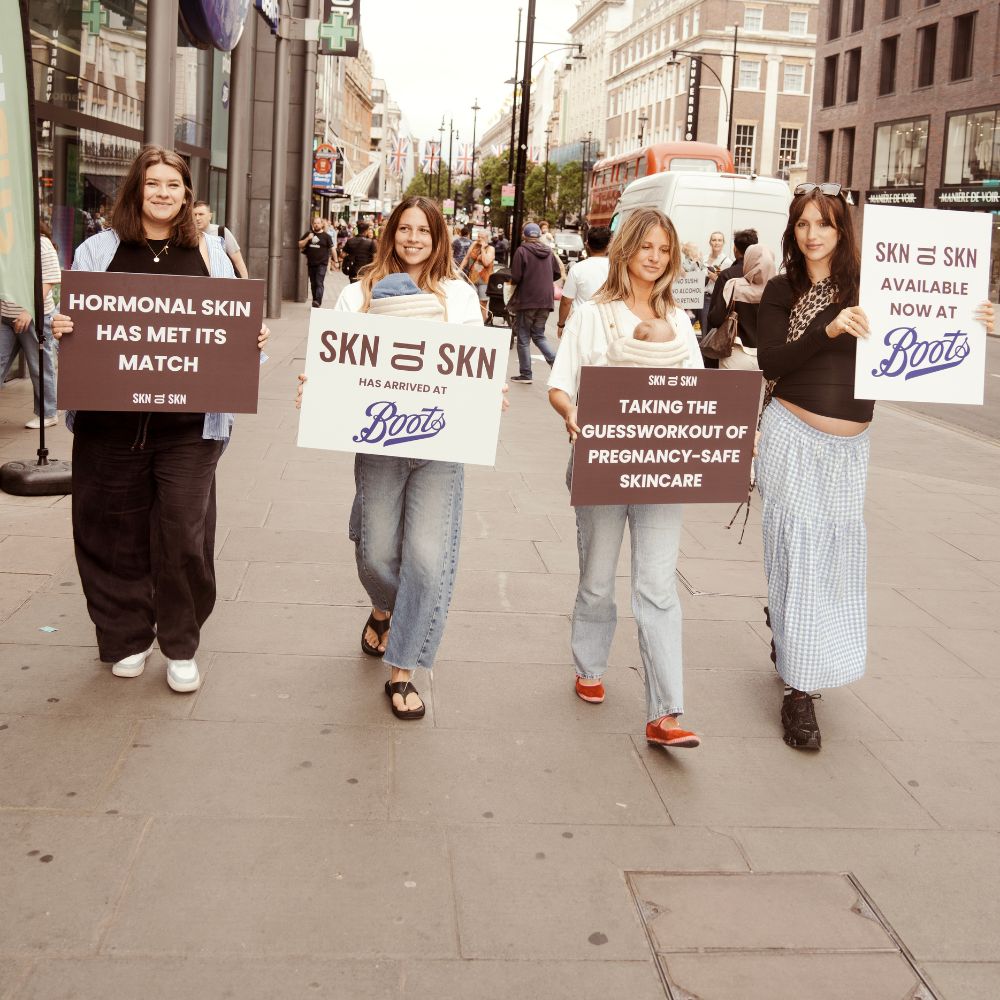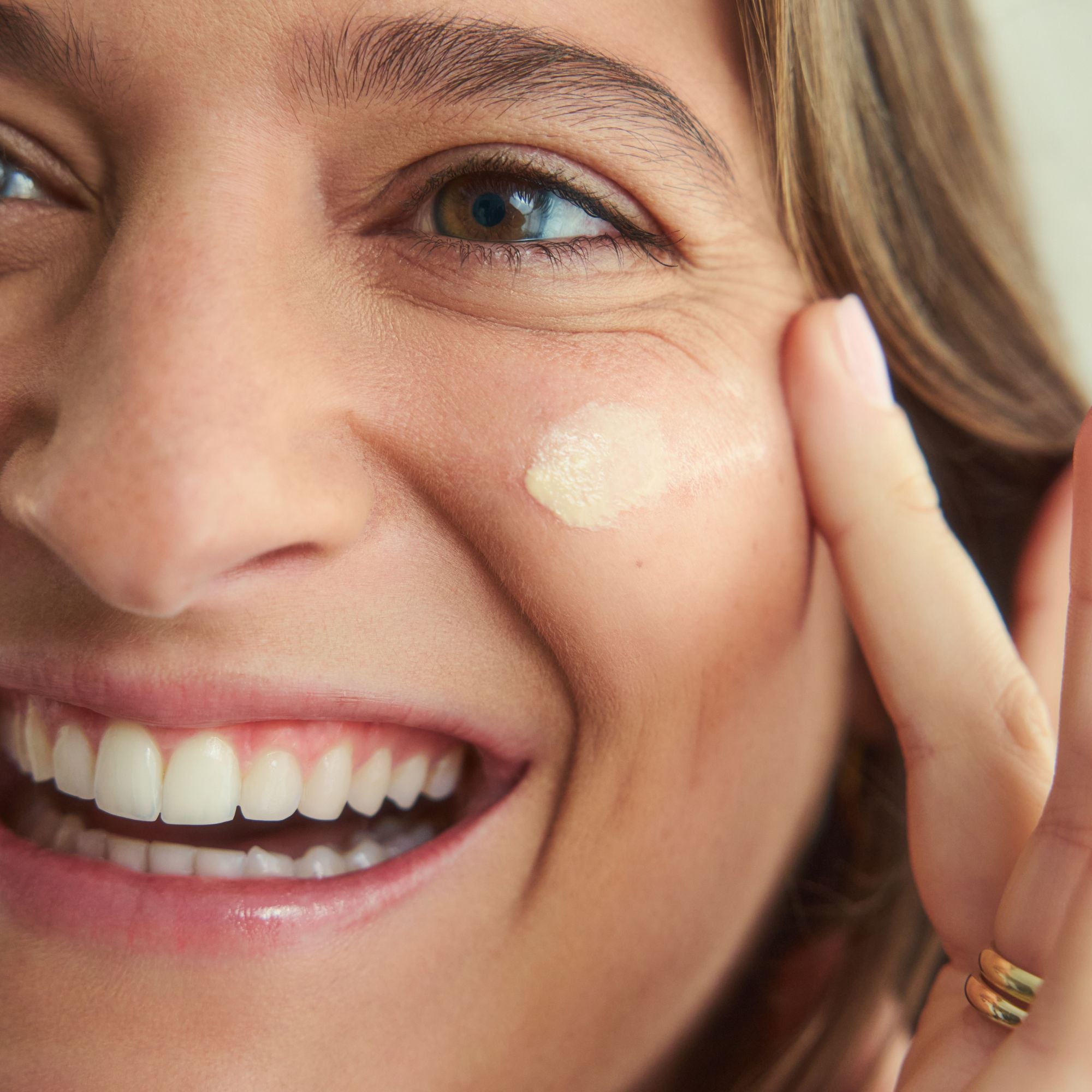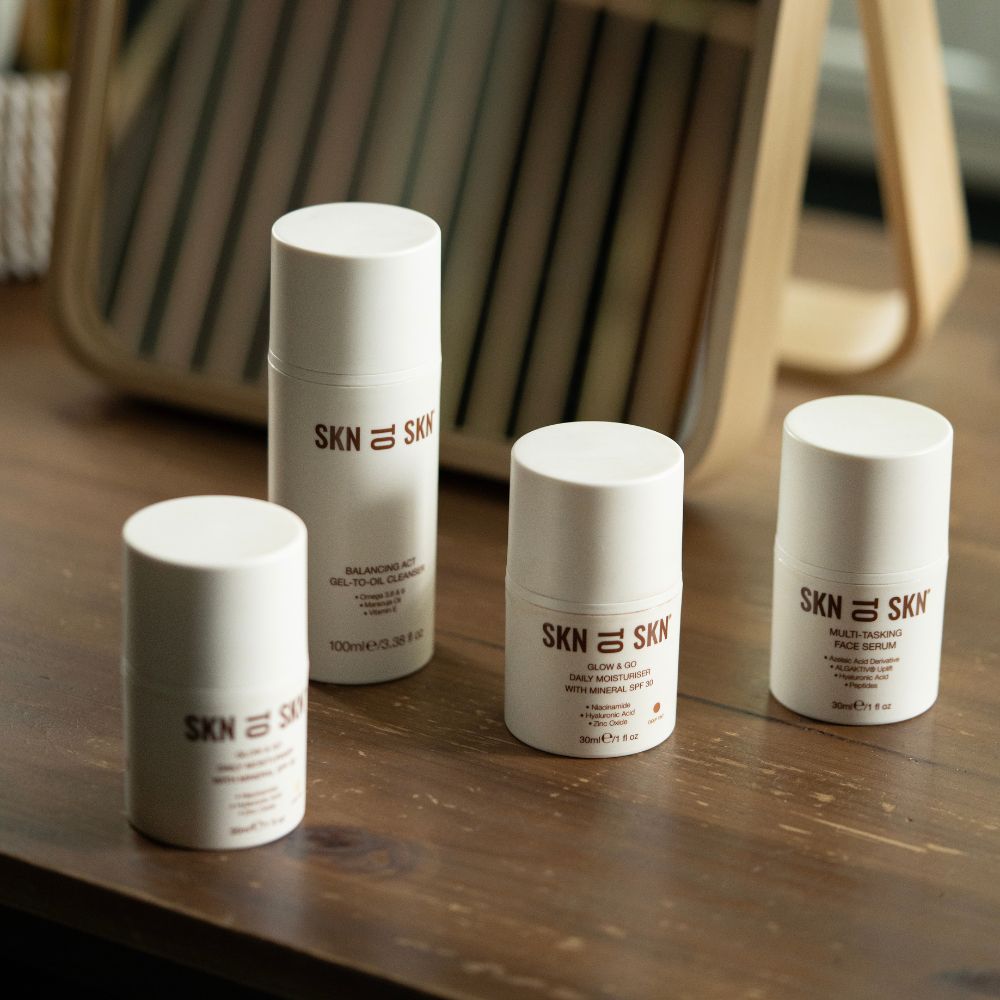Breastfeeding is full-on. Your body’s doing something miraculous, but that doesn’t mean it always feels magical. Many mothers are surprised to notice skin changes during this time, from unexpected breakouts to sore nipples and dry patches that weren’t there before. It can feel like yet another thing to manage, amidst the throes of new motherhood, but you’re not alone - and there are simple ways to support your skin, your milk flow, and your overall wellbeing.
Here’s what to know and what to avoid when it comes to skin and breastfeeding.
Your Skin Might Look or Feel Different & That’s Normal
Hormonal shifts after birth (especially the drop in eostrogen and progesterone) can leave your skin dry, dull, sensitive, or suddenly acne-prone. Sleep deprivation, dehydration, and the sheer intensity of motherhood don’t help.
Common skin changes during breastfeeding:
- Flaky or sore nipples (especially in the early days)
- Dry, tight skin on your face or body
- Breakouts around your chin or jawline
- Sensitivity to products you used to tolerate
Avoid: strong exfoliants, synthetic fragrances, and active ingredients like retinol, which should be avoided while breastfeeding. Retinol can be absorbed through the skin, and while research is limited, most experts recommend skipping it during nursing.
Instead, stick to nourishing, barrier-supporting skincare - think rich moisturisers, gentle oils (like calendula or oat-based balms), and simple, fragrance-free formulas.
Cotton is Your Friend: Clothing That Supports Skin & Milk Flow
Tight or synthetic clothing can irritate already-sensitive skin and restrict milk flow, increasing the risk of blocked ducts or mastitis.
What to wear instead:
- Soft, breathable cotton bras (non-wired if possible)
- Natural fibres that allow your skin to breathe
- Loose layers for comfort and temperature regulation (especially during night sweats)
What feels good on your skin matters. Choose comfort over compression. Your body is working too hard to not be able to breathe.
Food, Fluids and Flow: Supporting Skin & Supply from the Inside
Your skin and your milk supply both rely on what you eat and drink. Focus on nutrient-dense, hydrating foods that support your hormones, energy, and recovery.
Helpful additions:
- Oats, flaxseed, and brewer’s yeast
- Healthy fats like avocado, olive oil, nuts and oily fish
- Warm, easy-to-digest meals - soups, stews and bone broth
And yes, water matters. Keep a full glass or flask nearby every time you feed. It’s a small ritual that supports both your body and your brain.
Stress Can Show Up On Your Skin
Stress doesn’t just live in your head. It can cause breakouts, flare-ups, and delayed healing. It also impacts your let-down reflex and milk supply.
If your skin suddenly worsens after a hard week, there’s likely a connection.
Things that help:
- Deep, steady breaths during feeds
- Touch and massage (even a few minutes with a nourishing body oil can shift your nervous system)
- Saying yes to help - even 10 minutes alone can make a difference
Looking after your mind is looking after your skin. Neither one heals well under pressure.
You’re Not Doing It Wrong Your Skin is Just Asking for Care
Changes to your skin don’t mean you’re failing. They mean your body is adapting, stretching, serving. You're not the only one Googling “dry skin breastfeeding” at 2 a.m. Honest.
If you want more gentle guidance like this, including how to care for your body through all the ups and downs of feeding, I share more in The Breastfeeding Survival Guide, which you can pre-order here.
This book is for you if you are looking for something real, soft, and true to support you from first latch to last. You don’t have to figure it all out alone.
With love,
Danielle






